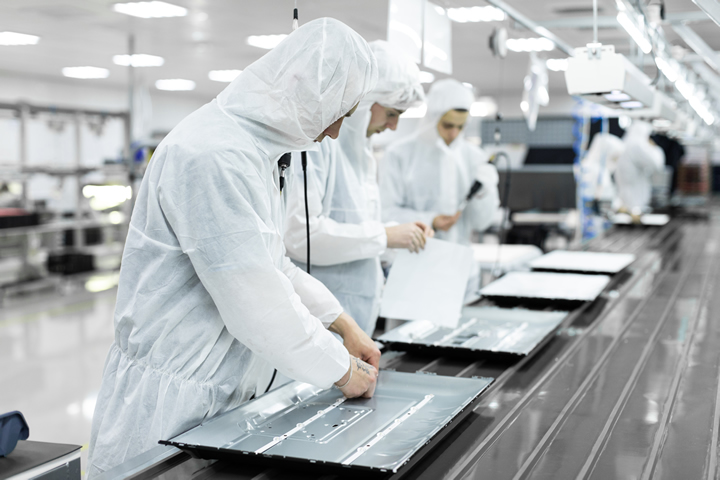So you want to build a solar giga-factory?

As U.S. domestic production lines for solar modules kick off, some prospective manufacturers hope to simply buy a turnkey production line. This “factory in a box” approach can work but still requires careful planning and expert implementation.
The dream that’s sold is that you just unpack the imported equipment, bolt it down, and plug it in. Presto! You now have a magical machine that allows you to feed in raw materials and ship out finished solar modules for this hot market.
Unfortunately, it’s not quite that simple: Setting up a new production line can go wrong in multiple ways.
For one thing, the equipment that comes over isn't really turnkey. You still need to implement worker safety and workstation preparedness. You need to prepare the building to accept the equipment, ensuring that mechanical integration (air, water, and power) is available in the right spots.
You need to plan for these things. You need them designed in.
And that’s just to get the line hooked up. These turnkey lines rarely connect together perfectly; depending on how your building is laid out, you may need to have someone come in and install automated conveyance.
Typically, the equipment doesn't come with beginning-of-line and end-of-line, so you need material feeding and finished solar module pack-out. That's not included in your turnkey line, and you need to have a solution for it.
Same thing occurs with the automated ground vehicles that take the material out of your automated storage and retrieving warehouse and then put it away on the finished goods side. Those vehicles are not included. You need to have an integrator partner and, ideally, a robotics partner, to ensure you have one brand of robot and the same brand of automated ground vehicle.
You also might find out that the equipment is not UL listed, a requirement in the United States. A process exists for field labeling, but it’s better to have the proper product certifications in place prior to signing the purchase agreement.
As for the balance of plant, some things that sound mundane often have the longest lead times. For example, transformers for the inevitably undersized substation may not be available for as many as three years. Sometimes utilities can shift equipment from one project to another, but the process of negotiating such a deal can eat up time and requires an expert experienced in working with that particular utility.
Air conditioning units are another seemingly ordinary piece of equipment that can be hard to obtain. Most warehouse buildings lack the capacity to handle the amount of heat thrown off by a manufacturing production line. Especially for large capacity air conditioning units, a two-and-a-half-year lead time should be expected.
If you haven't planned for these things, then your expensive solar production equipment might just sit idle for a couple of years.
Once the factory is commissioned, count on six months to a year on average for it to scale. New lines often wind up with one stoppage after another because something’s broken, something didn't get installed right, or something wasn’t included as part of the turnkey package and you didn't know it.
Even after the equipment is installed, part of your line might not be connected to your other line, or equipment can’t be run because – true story – its control language is programmed in Mandarin.
A customer found that the process logic controllers for a turnkey production line were written in Mandarin. That prevented the system from communicating with the manufacturing execution and enterprise resource planning systems. Clean Energy Associates provided a translation and modification of the controllers to get the line up and running, but it was an expensive and time-consuming process.
There are some proactive steps you can take to catch these issues before they become crises. You can have a qualified third party perform factory acceptance tests at the factory producing your equipment. This will ensure that the equipment works as it’s meant to before it goes in the crate to come to the US.
And, once the equipment clears Customs, a manufacturing services partner should be involved in the system acceptance testing, commissioning, and training.
Even earlier in the process, as you select a site and facility layout, you can make a “digital twin” of the factory to simulate production and ensure that space exists for the manufacturing lines to operate. You don’t want to build out 90% of your production line only to discover that the last piece won’t fit in your facility.
By programmatically involving an experienced partner early on the project, you can minimize the amount of time it takes to build, commission, and ramp up your turnkey solar production plant, and protect you from cost overruns.
With careful planning ahead of time and involving the experts in the process, you can ensure that your new manufacturing line is built, commissioned, and scaled up without problems.
Comments (0)
This post does not have any comments. Be the first to leave a comment below.
Featured Product

